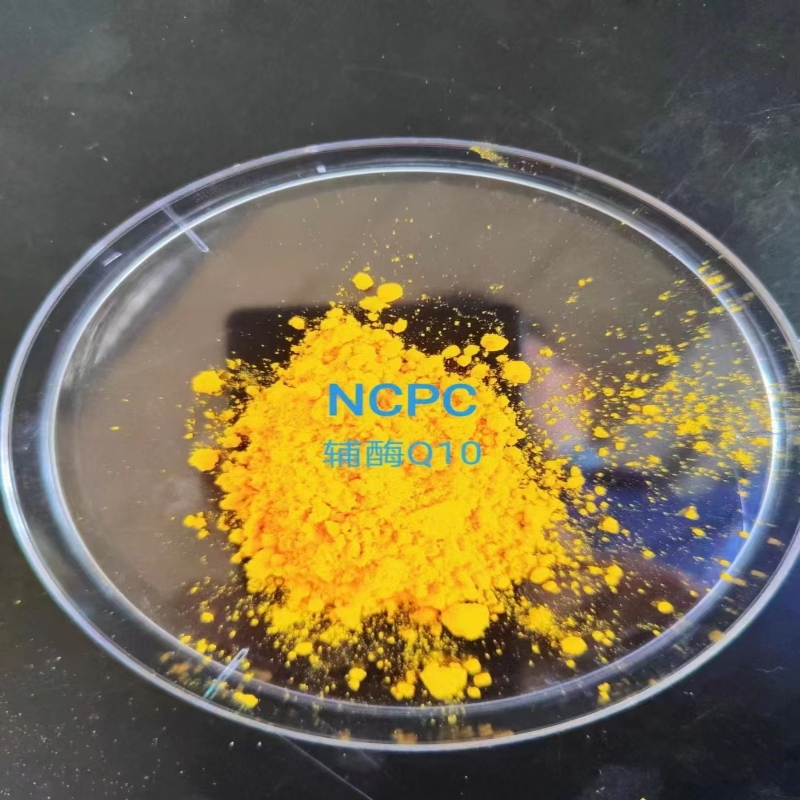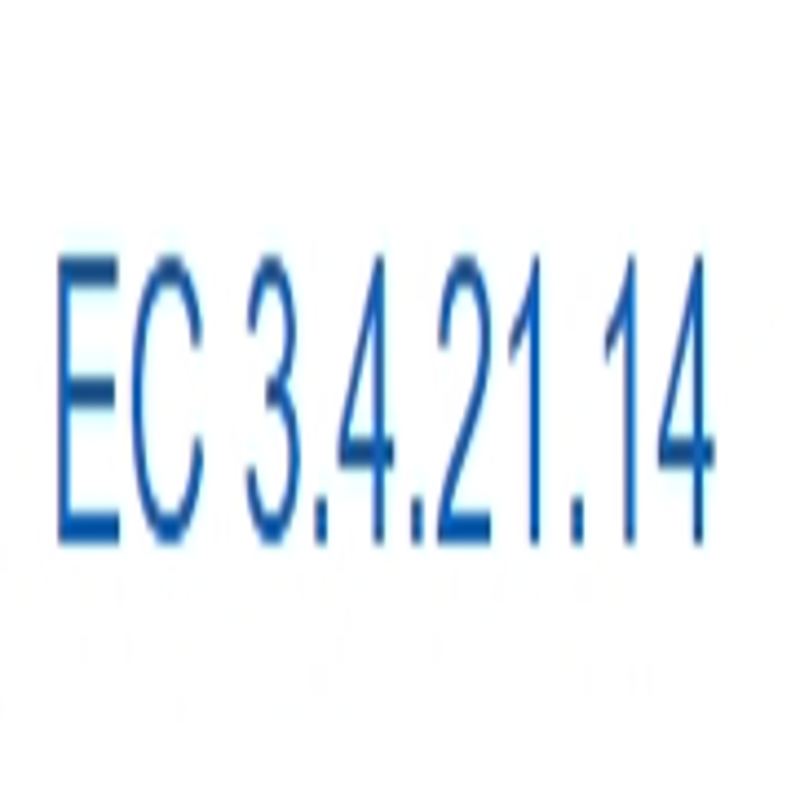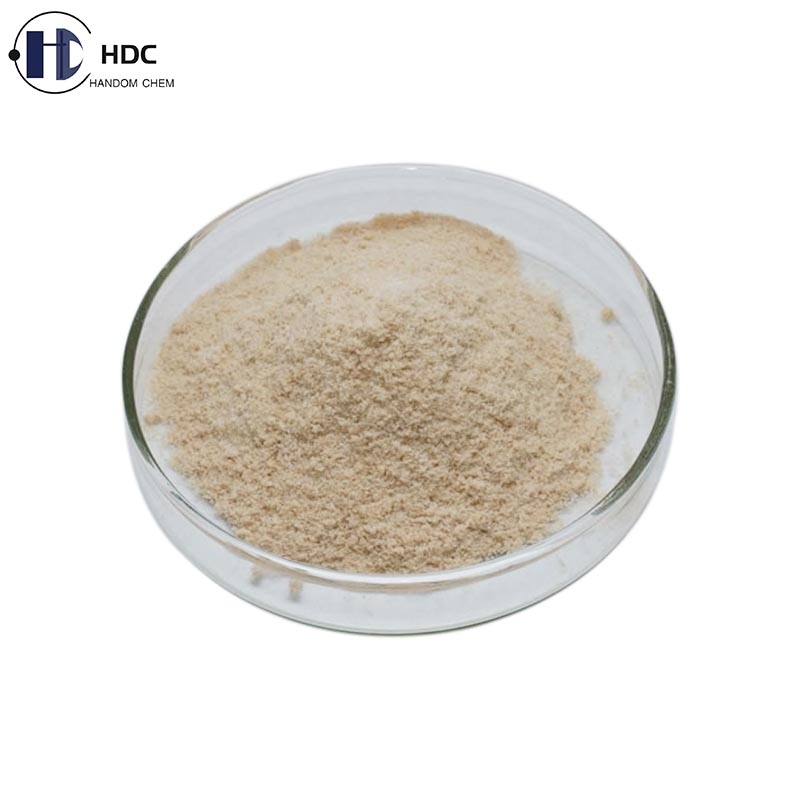Chinese scientists reveal a mechanism of regulation of hect E3 ligase activity
-
Last Update: 2019-08-06
-
Source: Internet
-
Author: User
Search more information of high quality chemicals, good prices and reliable suppliers, visit
www.echemi.com
On July 18, 2019, Wen Wenyu, research group of Neurosurgery, Fudan University Biomedical Research Institute / Huashan Hospital, published the title of "a multi lock institution mechanism for fine tuning enzymaticities of the hect family E3" in the Journal of nature Communists This study reveals that the Nedd4 family E3 generally adopts a variable regulation mechanism of multiple locking enzyme activity, and expands the understanding of the regulation of het ubiquitin like ligase activity The crystal structure of WWP1 in fully inhibited state (2l34hect) and partially activated state (l34hect) was analyzed Structural analysis shows that WW2, l and ww4 form a structure similar to headphones, in which WW2 and ww4 are combined on both sides of the hect N-lobe, while L forms an α - helix between the N - and C-lobes of hect The pattern of ww2l combined with hect of WWP1 is very similar to that of wwp2 / itch Interestingly, the N-terminal extension of hect occupies the classical py motif binding site in ww4 domain This multi site interaction keeps WWP1 completely inactive by preventing the ubiquitin transfer process of e2-e3, while many cancer-related mutations of WWP1 turn it into a semi open conformation to enhance the activity of WWP1 ligase, and may promote tumor cell migration by increasing the degradation of Δ Np63 α Finally, the research shows that this mechanism is conservative in wwp2 and itch, while Nedd4 / 4L and Smurf2 use slightly different mechanisms In general, this study reveals the diverse regulatory mechanisms of the het family ubiquitin ligases In addition to the previously reported "re" and "H" sites, they are responsible for binding to WW2 (wwp2 and itch) or C2 (Smurf2 and Nedd4 / 4L) and l (wwp2 and itch), respectively This study found a new "Le" regulatory site on hect Through the combination of "re" / "H" or "Le" / "H", nedd4e3 can be partially activated; when the "re", "H" and "Le" sites are all occupied (i.e multiple lock regulation), nedd4e3 is in a completely self inhibition state This multi-layer regulatory mechanism can make nedd4e3 show different activities, so as to more accurately regulate various physiological processes of cells Posttranslational modifications at these regulatory sites or the binding of agonists may result in partial or complete activation of these E3s However, pathological mutations at these sites can lead to the wrong regulation of E3 enzyme activity, leading to many diseases, such as cancer This study provides a possible molecular mechanism for understanding these pathological mutations.
This article is an English version of an article which is originally in the Chinese language on echemi.com and is provided for information purposes only.
This website makes no representation or warranty of any kind, either expressed or implied, as to the accuracy, completeness ownership or reliability of
the article or any translations thereof. If you have any concerns or complaints relating to the article, please send an email, providing a detailed
description of the concern or complaint, to
service@echemi.com. A staff member will contact you within 5 working days. Once verified, infringing content
will be removed immediately.







